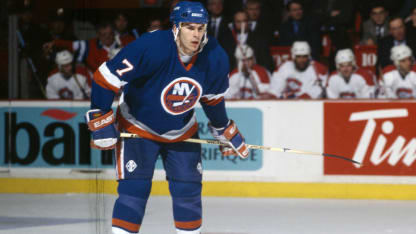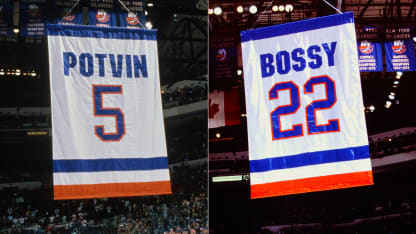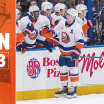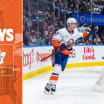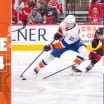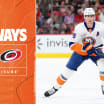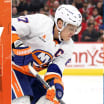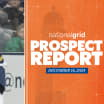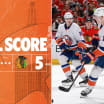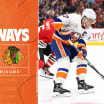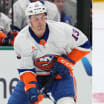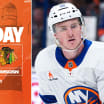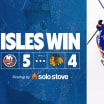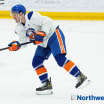By far the blockbuster headline-grabber surfaced after a long and frustrating wait; sale of the Islanders by John O. Pickett to a pair of Long Island-based investment firms.
Although sale talk had been on and off for a considerable amount of time, the official announcement was made in December 1991.
All Long Islanders, the four businessmen who would run the Nassaumen included Paul Greenwood, Ralph Palleschi, Robert Rosenthal and Stephen Walsh.
Pickett: "I expect to be a passive investor. They'll be running it."
MAVEN'S MEMORIES
WRITTEN COVERAGE
The Big Bang of 1991
The Tumultuous 1990-91 Season
Brent Sutter: Anonymous Star
Patrick Flatley: Chairman of the Boards
Maven's Haven
Each a passionate Islander fan, Steve, Bob, Ralph and Paul liked what they were getting, especially the trade that brought Pierre Turgeon from Buffalo, Steve Thomas from Chicago and Ray Ferraro from Hartford.
"We'll do whatever is necessary to give Islander fans a competitive and exciting team," said Rosenthal. "Long Island people will again be running the Islanders on a day to day basis."
Walsh cited the team's long and distinguished history as a reason for his involvement. He predicted an upward move in the standings and cited the NFL Dallas Cowboys as a model to be followed.
"The Cowboys were a great franchise that kind of lost its way," Walsh explained. "What we have here is similar to Dallas."
An upbeat media supported the changes. One reporter described the franchise as an "improving and enthusiastic young hockey club."
The twin extra-added attractions came as a gift from the American Olympic Team. The defenseman was Scott Lachance while Marty McInnis skated up front.
Lachance was plucked fourth overall in the 1991 Draft. He was big, smiled a lot and was picked directly after the Devils choice, Scott Niedermayer. Our Scott boasted an assortment of fames.
For example, his hometown was Bristol, Connecticut, home of tv giant ESPN; he grew up in a family of Islanders fans, he went to Boston College -- as did his brother Bob -- except perish the thought, Scotty rooted for the Philadelphia Flyers.
Lachance: "If you want to know the truth, it broke my heart when Bobby Nystrom scored the Cup-winner against Philly. But, as I look back now, those are great memories."
